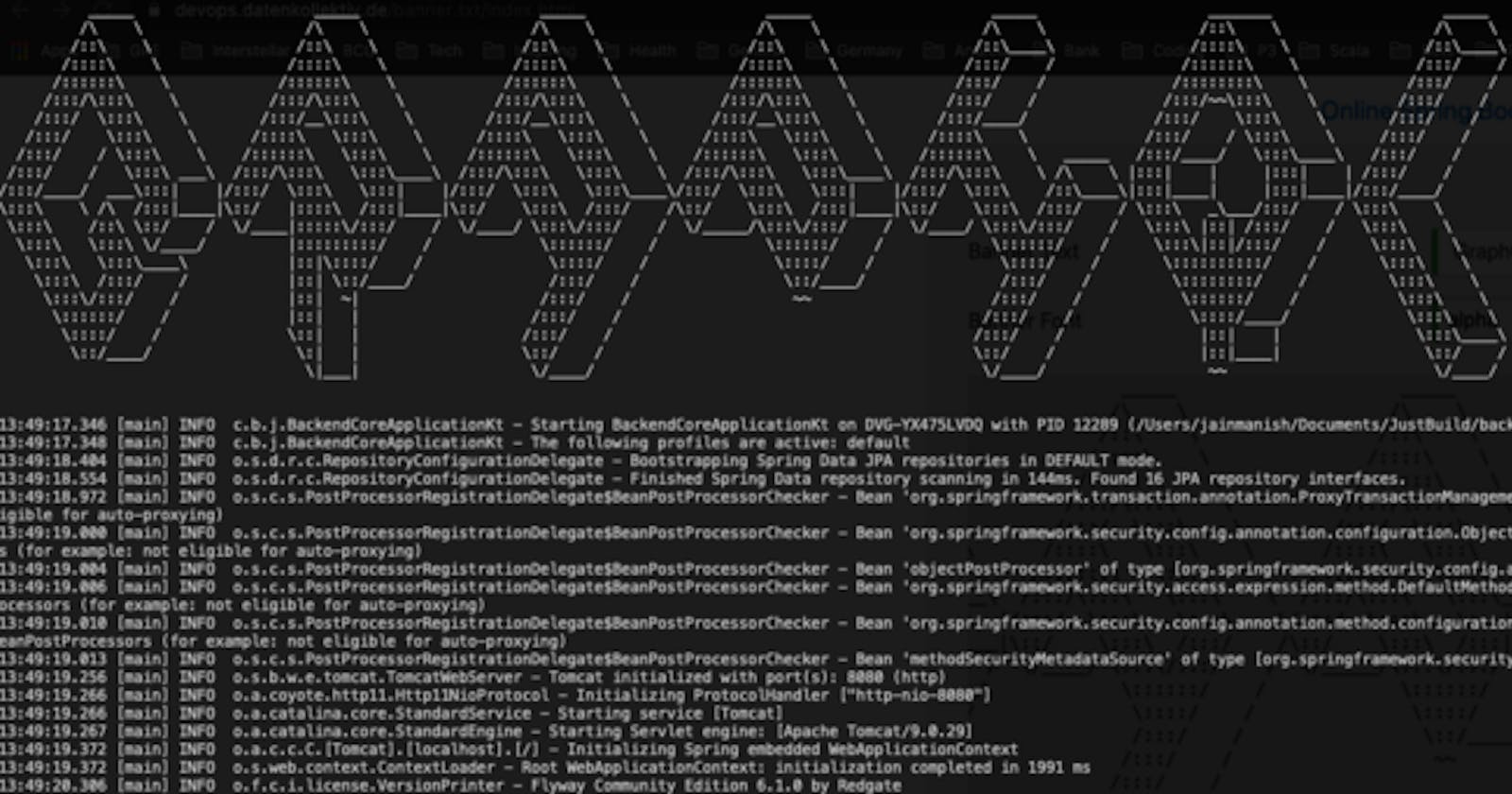Having worked on a project for 6 months using GraphQL on the backend, I weigh up the technology’s fit into the development workflow
First and Foremost
GraphQL is a query language for APIs and a runtime for fulfilling those queries with your existing data. GraphQL provides a complete and understandable description of the data in your API as well as gives clients the power to ask for exactly what they need and nothing more.
It was developed by Facebook as an internal solution for their mobile apps and was later open-sourced to the community.
The good
Pragmatic Data Exchange
With GraphQL, the query can be defined for the fields which the client needs, nothing more and nothing less. It’s really that simple. If the frontend needs _first name_ and _age_ of a person, it can only ask for that. The _last name_ and _address_ of the _person_ would not be sent in the response.
Using Dataloaders to Reduce Network Calls
Although Dataloaders are not a part of the GraphQL library itself it is a utility library that can be used to decouple unrelated parts of your application without sacrificing the performance of batch data-loading. While the loader presents an API that loads individual values, all concurrent requests will be combined and presented to your batch loading function. This allows your application to safely distribute data fetching throughout your application.
An example of this would be fetching _bank details_ of the _person_ from a different service called transaction service, the backend can fetch the _bank details_ from the transaction service and then combine that result with the _first name_ and the _age_ of the _person_ and send the resource back.
Decoupling between exposed data and database models
One of the great things about GraphQL is the option to decouple the database modeling data with how the data is exposed to consumers. This way when designing our persistence layer, we could focus on the needs of that layer and then separately think about what's the best way to expose the data to the outside world. This goes hand in hand with the usage of Dataloaders since you can combine your data together before sending it to the users it becomes really easy to design the models for exposed data.
Forget about versioning of APIs
Versioning of APIs is a common problem and generally, it is fairly simple to solve by adding a new version of the same APIs by appending a v2 in front of it. With GraphQL the story is different, you can have the same solution here but that is not going to go well with the spirit of GraphQL. The documentation clearly states that you should evolve your APIs meaning adding more fields to an existing endpoint would not break your API. The frontend can still query using the same API and can ask for the new field if needed. Pretty simple.
This particular feature is really useful when it comes to collaborating with the frontend team. They can make a request to add a new field that is required because of the design change and the backend can easily add that field without messing with the existing API.
Independent Teams
With GraphQL, the front-end and back-end teams can work independently. With the strictly typed schema that GraphQL has, the teams can work in parallel. Firstly the frontend team can easily generate a schema from the backend without even looking at the code. The schema generated can directly be used to create queries. Secondly, the frontend team can continue working with just a mock version of the API. They can also test the code with it. This gives the developers a pleasant experience without stalling their development work.
The bad
Not all APIs can be evolved
Sometimes there would be changes trickling down from the business or design which would require a complete change in the implementation of an API. In that case, you would have to rely on the old ways to do the versioning.
Unreadable code
As experienced multiple times, the code sometimes can become scattered into multiple places while using Dataloaders to fetch the data and that could be difficult to maintain.
Longer response times
Since the queries can evolve and become huge, it can sometimes take a toll on the response time. To avoid this, make sure to keep the response resources concise. For guidelines have a look at the Github GraphQL API.
Caching
The goal of caching an API response is primarily to obtain the response from future requests faster. Unlike GraphQL, caching is built into in the HTTP specification which RESTful APIs are able to leverage. And as mentioned earlier a GraphQL query can ask for any field of a resource, caching is inherently difficult.
Conclusion
I will highly recommend using GraphQL as a replacement for REST APIs. The flexibility offered by GraphQL definitely supersedes the pain points it has. The good and bad points mentioned here may not always apply, but it is worth taking them into consideration while looking at GraphQL to see if they can help your project.

